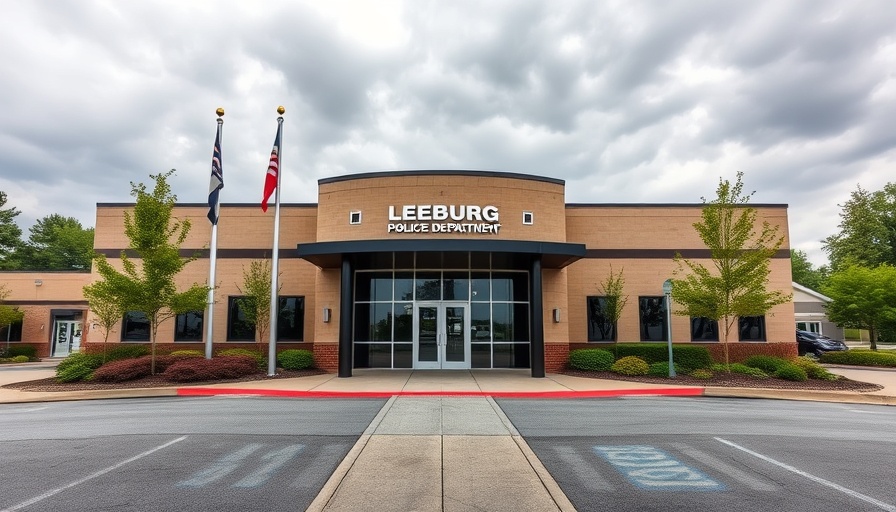
The Unfolding Chaos: A Violent Encounter in Ohio
In a shocking turn of events, footage has emerged from a chaotic incident involving an Ohio State Highway Patrol trooper and a suspect who led authorities on a perilous chase into Pennsylvania. The incident emphasizes the critical need for police training and equipment to address violent confrontations effectively. It serves as a poignant reminder of the dangers officers face while on duty.
What Happened? A Breakdown of Events
The ordeal began on April 11, when a car crash on the Ohio Turnpike left a man fleeing armed with a history of violence. According to reports, the trooper responded to the scene only to be met with aggression from the suspect, who physically assaulted him and threatened his life. After a failed attempt to use a TASER, the suspect overpowered the trooper, stole the patrol vehicle, and sped away into Pennsylvania.
Lessons in Law Enforcement: The Need for Comprehensive Training Programs
This incident brings to light critical issues surrounding police training methods. As many agencies strive to adopt best practices, ongoing training that includes de-escalation techniques, mental health awareness, and responses to aggressive behavior is paramount. The close encounter highlighted the importance of equipping officers with the tools necessary to handle such volatile situations.
Conversations on Accountability: Examining Police Use of Force
Following the crash, a physical confrontation ensued when Pennsylvania State Police attempted to apprehend the suspect. Ultimately, the altercation resulted in the suspect being shot and killed. While these forceful outcomes can evoke public outcry, they raise necessary conversations surrounding police accountability and the use of force, prompting law enforcement leaders to reevaluate protocols in high-stress scenarios.
Challenges of Assault on Officers: The Human Element
The psychological toll of such incidents on law enforcement officers cannot be overstated. Officers often face intense pressure when confronted with physical violence and unpredictable situations. Understanding the mental health impacts, providing resources for stress management, and ensuring officer wellness should be integral parts of police department policies. By prioritizing officer safety and mental health, law enforcement agencies can foster better community relations, facilitating a safer environment for all.
The Role of Technology in Modern Policing
Body cameras have become indispensable tools that enhance transparency and accountability. This recent incident highlights the effectiveness of body cam footage in sharing a narrative while contributing to ongoing investigations. As police departments continue to adopt advanced technologies, like AI analytics and predictive crime software, it’s crucial to ensure these tools are used ethically and do not infringe on community trust.
Revisiting Public Safety and Criminal Justice Policies
The incident serves as a vital reflection point for policymakers. As discussions around police reform continue, prioritizing community engagement and establishing sustainable public safety practices are essential for rebuilding trust within vulnerable communities. Policymakers must consider how law enforcement’s approach to mental health, training, and community outreach can shape future practices for a more accountable police force.
A Call for Enhanced Police Community Relations
Finally, this event underscores the need for improved police-community relations. Initiatives that foster dialogue between law enforcement and the communities they serve can help break down barriers and promote mutual understanding. Engaging the public creates an avenue for dialogue while helping dispel myths about policing, making the job safer for officers and the community alike.
As police departments strive to innovate and improve, they must take valuable lessons from incidents like these, ensuring that justice, safety, and community trust remain at the forefront of their mission.
 Add Row
Add Row  Add
Add 

 Add Element
Add Element  Add Row
Add Row 




Write A Comment